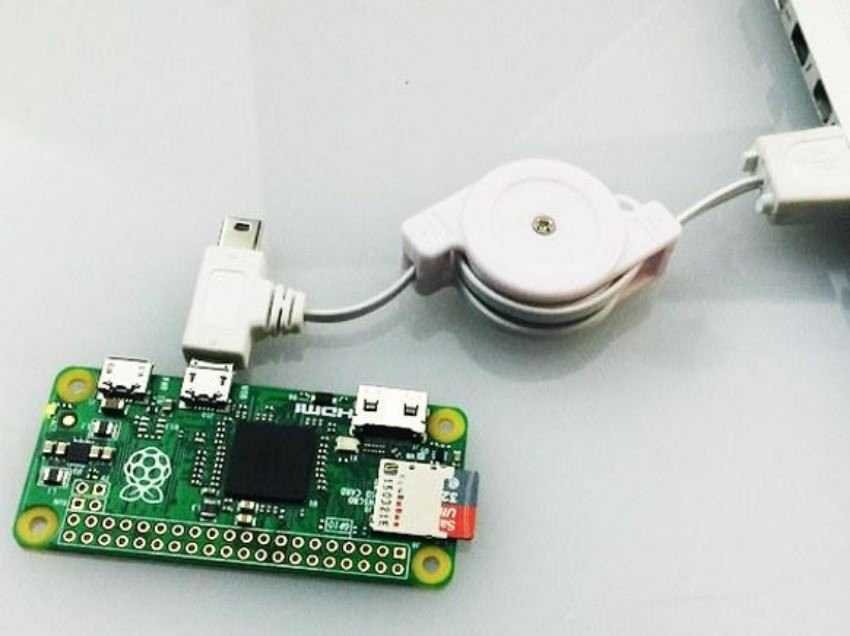PoisonTap: Even the strongest passwords do not seem to be enough, as Samy Kamkar proves, and sometimes they do not take just a few seconds.
The new exploit Kamkar's is called PoisonTap, and it uses free software that runs on a Raspberry Pi Zero microcomputer. After plugging the Raspberry Pi into a USB adapter on the target computer the device gets to work. 
In 30 seconds, he bypasses her screen lock and starts installing a backdoor that works even when the device is removed from the USB port.
If you think a strong password will save you, you are wrong.
PoisonTap does not work this way. It does not try to guess your password, but bypasses it completely - and it seems to work.
After the PoisonTap device connects, a device that provides Internet from USB is beginning to emulate. Once detected by the target computer, it assumes that it is connected via ethernet, and begins to send all unencrypted web traffic to the microcontroller.
Your existing network security cannot save you as the device tricks the target computer into giving priority to all other connections and not to the one you are already connected to.
Ενεργώντας ως μια επίθεση man-in-the-middle, η συσκευή στη συνέχεια αρχίζει να κλέβει όλα τα cookies control ταυτότητας HTTP που έχετε χρησιμοποιήσει για να συνδεθείτε σε λογαριασμούς σας, καθώς και τα Session data from a million top sites on the internet according to Alexa.
Due to the way it is designed, two-factor authentication may not help, since links are made by cookies stored by PoisonTap rather than by actual login credentials.
The only downside to its effectiveness is that it requires the user to have a tab of the browser open to the locked device. But the overwhelming majority does not shut down browsers before downloading the lid to our laptop.
Kamkar gave some tips to protect yourself, although he recognizes that most are not practical:
Set your computer to hibernate rather than sleep. In hibernation, the computer suspends all its processes.
Close your browser every time you close your machine.
Regularly clean your browser's cache.
Use full disk encryption
Disconnect the USB ports
Watch the video



